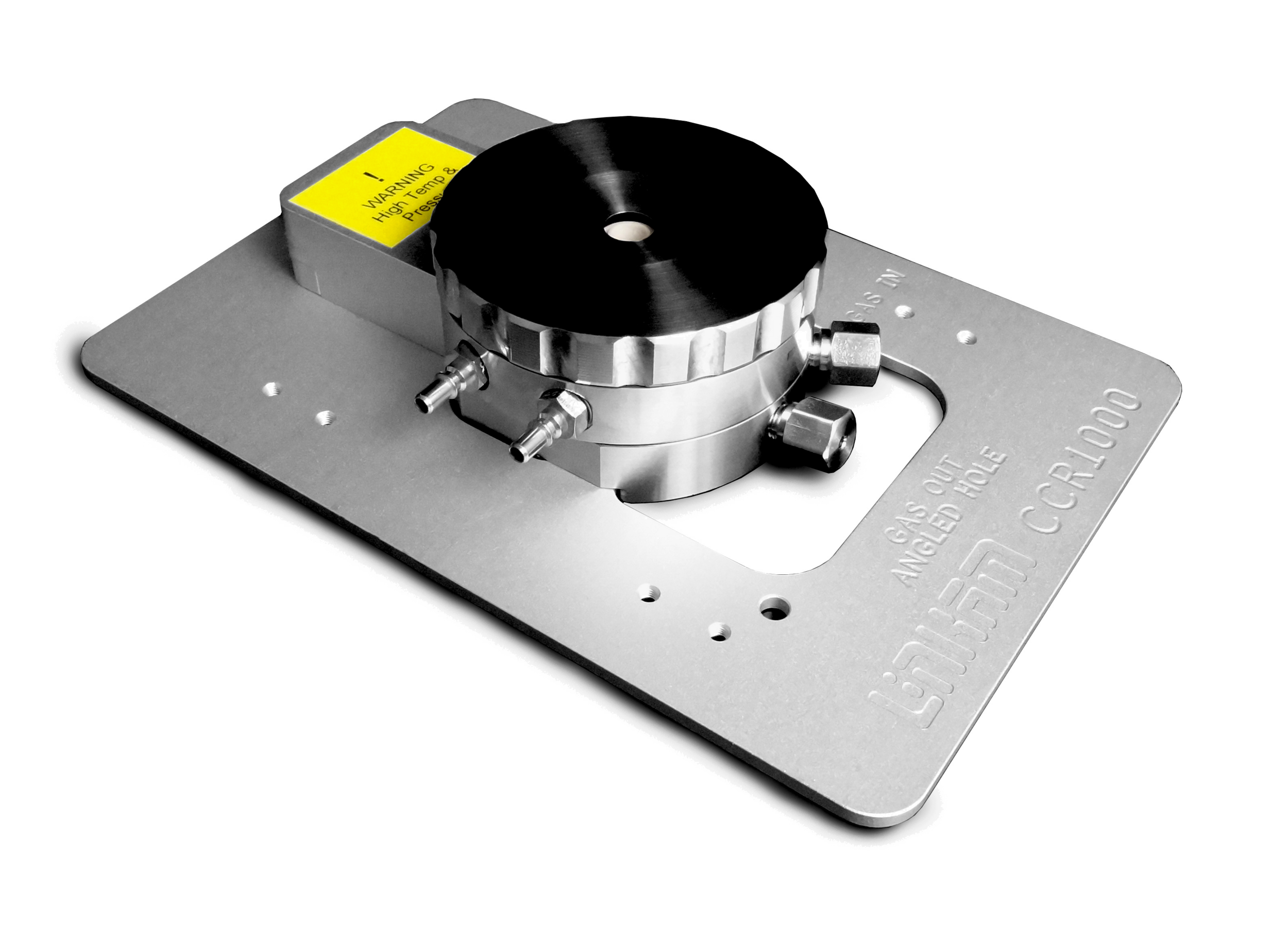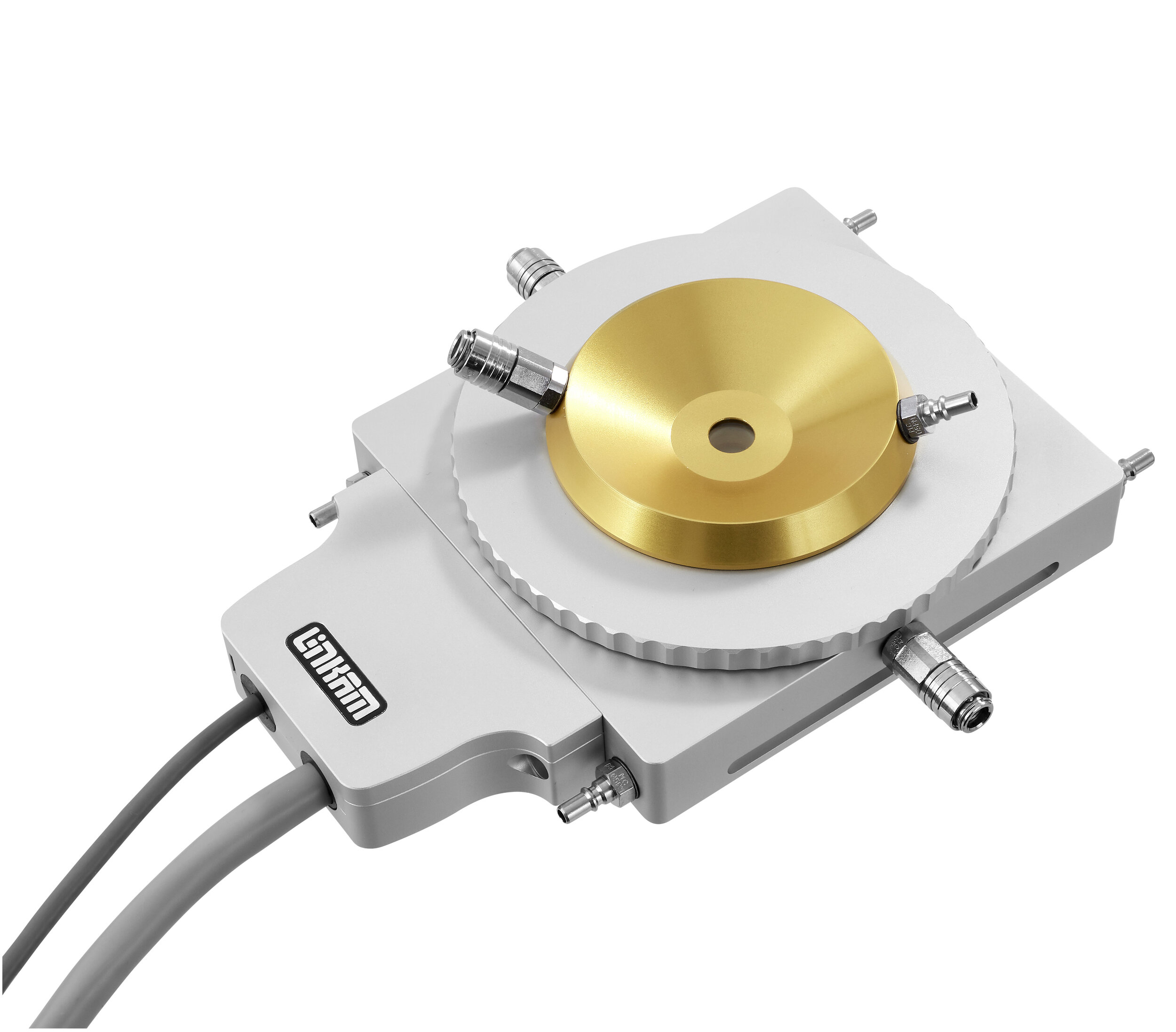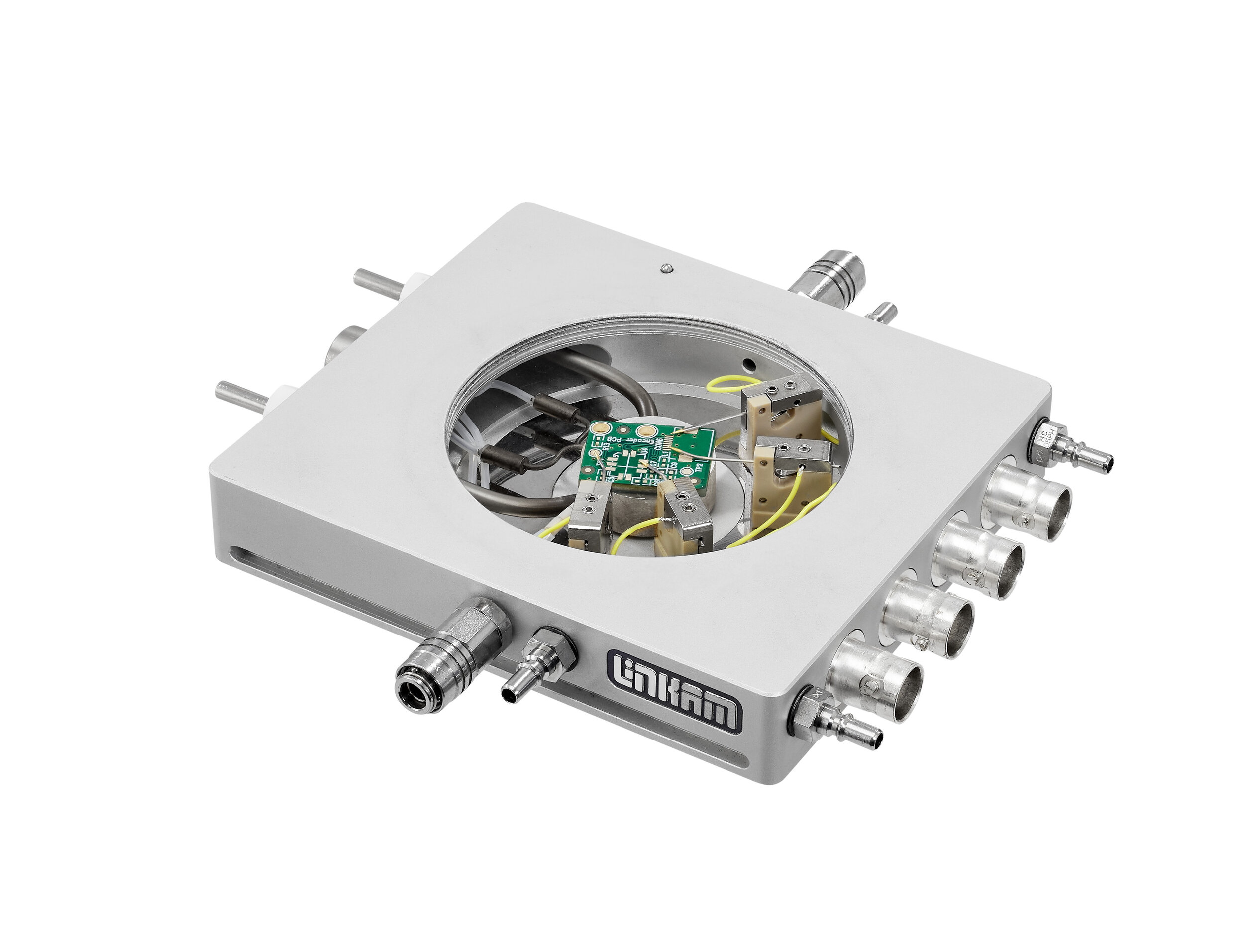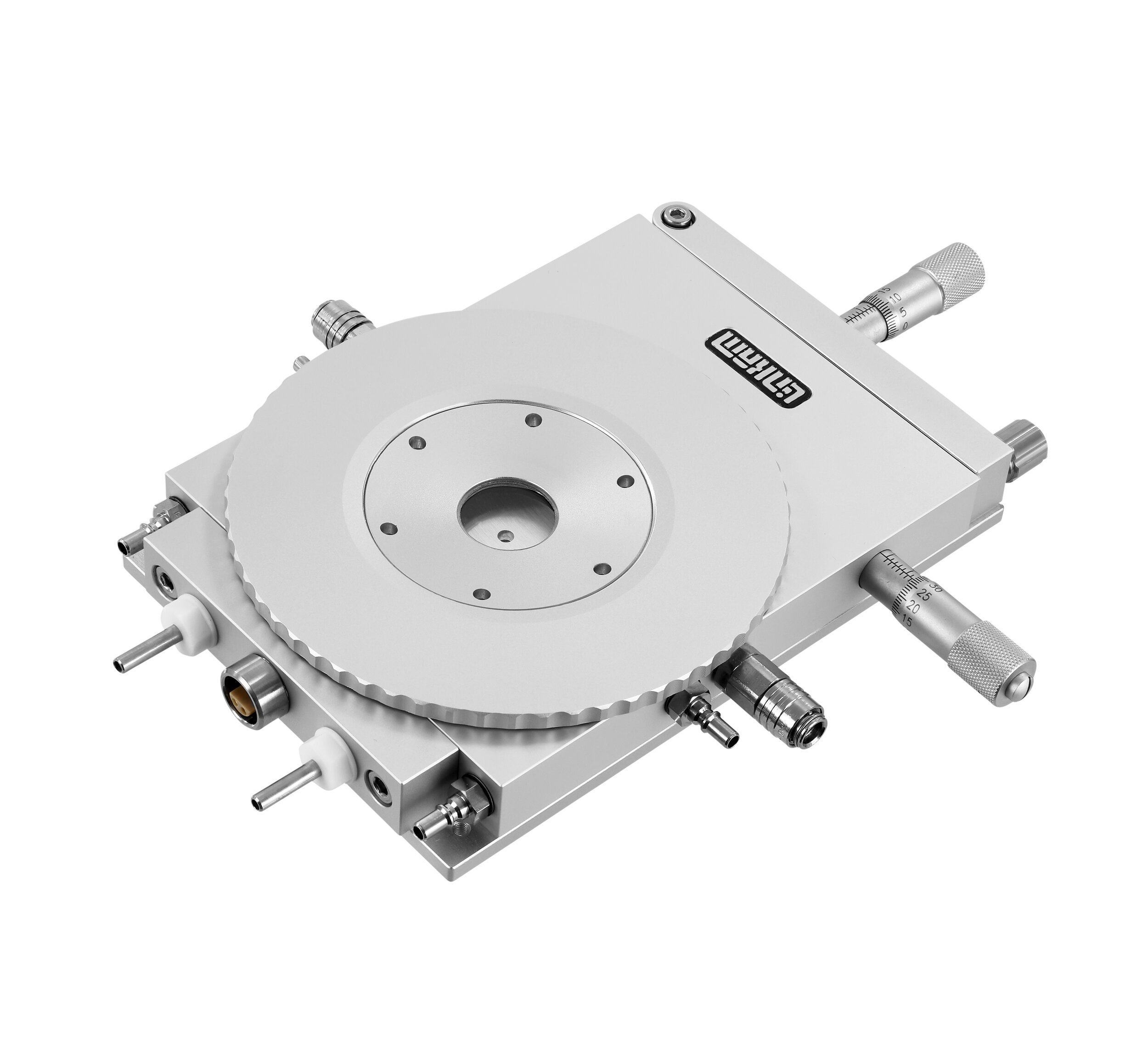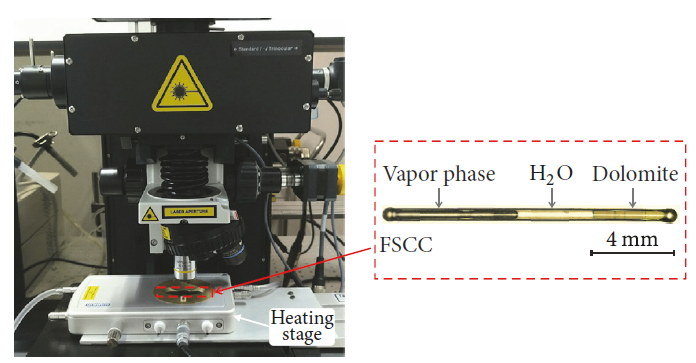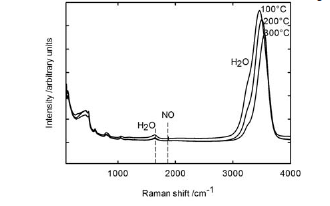Raman Spectroscopy
Virtually all of our stages are compatible with Microscope based Raman systems. The heating and freezing stages in the temperature range from < -195°C to 1500°C all now come fitted with quartz windows in the stage lid.
Please browse the stages by application or by your required temperature range.
We work closely with Horiba Scientific, Renishaw, Thermo, Bruker, Edinburgh Instruments, Jasco and WITec.
Here are links to just some of the spectrometers we are compatible with. Click on the links to be taken directly to the specific page for Raman at each of these companies.
Please contact us if your microscope based spectrometer is not on this list.
XploRA
LabRAM ARAMIS
LabRAM HR
InVia Range of Spectrometers
Nicolet Almega XR Micro and Macro Raman System
DXR Raman Microscope
Senterra Dispersive Raman System
RamanScopeIII
NRS 3000 series
Alpha300 series
RMS1000
RM5
Read more about how researchers use Linkam instruments to compliment Raman spectroscopy:
The CSS450 was used to study the the phenomenon of flow-induced crystallisation.
The polar regions of the Antarctic and the Arctic are indicators of the changing global climate, and there is a lot of research underway to investigate how changing conditions will affect the polar ecosystems and beyond. The Korean Polar Research Institute (KOPRI) uses Raman spectroscopy in combination with Linkam stages to study ice crystals and chemical processes in polar ice in order to better understand climate change.
Linkam’s THMS600H and RH95 are used to observe the effect of temperature and humidity on perovskite photovoltaic films by researchers at the University of Swansea.
Researchers at the University of South Carolina studied the thermal dehydration and vibrational spectra of hydrated Lithium borohydride (LiBH₄ x H₂O) using the CCR 1000 with X-ray diffraction and Raman spectroscopy.

Researchers use the Linkam CAP500 to study the thermodynamic behaviour of CO2 capture systems, usingfused silica capillaries under Raman spectroscopy.
This article studies the impact of the binder material in industrial catalysts. Using the Linkam TS1500V to perform catalytic reactions at 250 and 300°C, the authors used operando spectrocopy and in situ confocal fluoroscence microscopy to show how different binder materials affect the final material composition.
NEED MORE INFORMATION?
Complete the form below and one of our sales experts will be in touch shortly.

